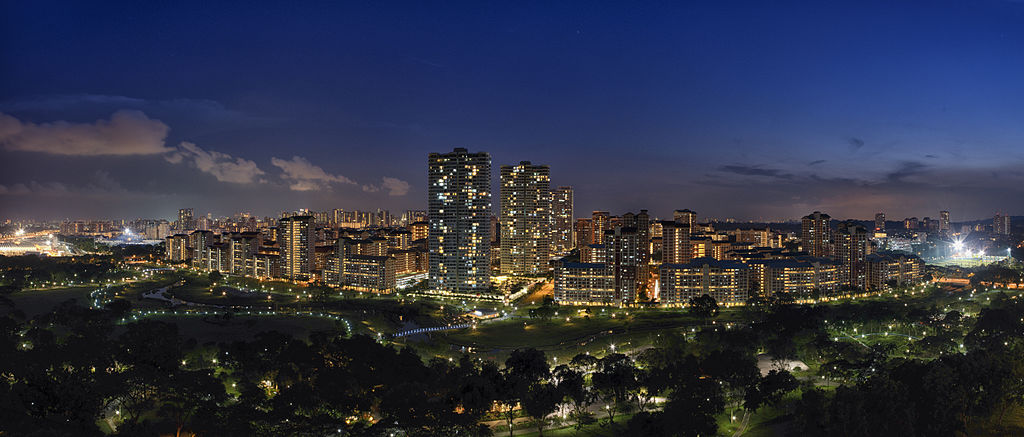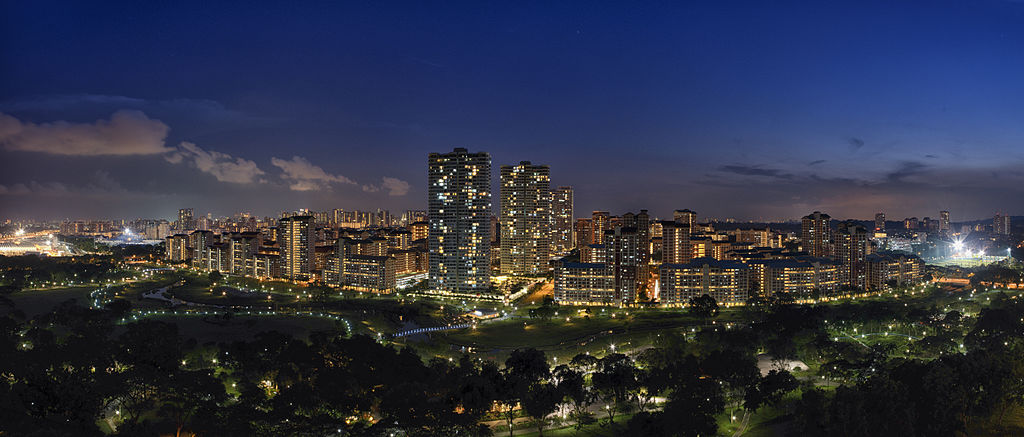

Jack Hanley, vice president for sales, Telensa North America, argues that it’s time to step away from technology pilots and start making the business case for smart city applications.
To drive the adoption of any smart city application, it’s necessary to make a clear business case rather than touting the abilities of the underlying technology.
From smart street lights to smart trash cans, the technology behind smart city applications is incredibly exciting. You know it, we know it. Yet it’s going to take more than technology-touting to drive the widespread adoption of smart city technology.
Smart city technology: making the business case
There are a variety of smart city technologies that are ready to integrate with the cityscape. Product trials in cities across the globe have shown that. Yet there are too few widespread implementations of these technologies.
Why?
The smart city industry is often guilty of describing a utopian future of seamless city management and smart decision-making through big data. Yet that’s too vague a concept to latch onto. Local authorities and city developers want tangible business benefits. They have severe financial constraints and are rightly sceptical about vague promises of the future. What they really want to see is operational savings and near-term ROI.
As such the business-case for smart city applications should be built on economics, not technology. Look at the economic challenges that a particular application can solve and work outwards. Quantify the proposition. Make it measurable. Decision-makers are driven by the need to solve real economic problems, rather than the desire to implement an infrastructure that gives them technological bragging rights over their neighbours.
Case in point: smart street lighting.
Shedding light on savings
Smart street lighting is the first smart city application to be embraced at scale. Telensa’s streetlights alone are deployed across more than 50 large-scale smart city networks. That’s because the business case is straightforward. Energy and maintenance savings automatically cover the cost of the devices, the network and the application. ROI kicks in after just a few years of the product’s 20-year lifespan.
The business case is built on the real-world economics of the city. It’s easy to see how the product helps city leaders to make headway on strategic targets through a product that ultimately pays for itself in savings. So how can we extrapolate this thinking to other smart city applications that are stuck in a perennial pilot phase?
Making the business case for smart drainage
To repeat: no matter what the application, getting stakeholder buy-in starts with identifying a pressing business need or operational headache and showing how smart city strategies can square the circle. Let’s take drainage as an example.
Every city has drains – lots of them. But they’re not easy to look after. They flood when they’re blocked, which is expensive, inconvenient and potentially hazardous to health. There’s no way to determine whether a drain is silting up without a physical inspection (unless it’s already too late and you receive a call from an irate resident). Therefore civil engineering departments tend to have a rolling programme to empty drains, whether they need it or not. That’s a wasteful and costly use of resources. Can smart city technology help?
Of course it can.
Now, the tech-first approach would be to put a silt sensor in every drain. Local authorities would no doubt understand the benefits of the technology: the monitoring ability would be unprecedented. But they would also see the prohibitively high cost of installing sensors into every drain across the city. At that point it’s game over.
Let’s come at it from another angle. Why not use a small number of sensors to temporarily monitor the most crucial drains, before moving on to another set of drains once the necessary data has been gathered? Over time the data collected reveals the fill rate of every drain in the city, including those that fill unpredictably. Using this data model, the engineering team can ensure they arrive to empty the right drains at the right time.
Regular inspections of unmonitored, predictable drains can keep the data model up to date. And the city can then install permanent sensors only in the few drains that are unreliable or where flooding would create a high risk. A strategy of this nature saves money and helps the city to provide a better service to residents. Win, win.
Making the business case for smart rubbish collection
Let’s apply the same thinking to smart rubbish collection (yes, there is such a thing). It’s not about making collection timelier. Or sending alerts when wheelie bins are full. Instead it’s about monitoring the performance of refuse collection services to ensure local residents receive value for money.
Every waste services contract has specified service level agreements (SLAs) that determine the responsibilities of the waste services and define how they will perform them. The problem is that without smart sensors, these SLAs are impossible to track. You never know whether wheelie bins have been emptied on time, if at all. (Don’t say performance-monitoring could be done manually by a civil service person with a clipboard joining the waste collection runs. That would cost a fortune.) If you can’t monitor performance, you can’t manage the service, penalise service failures or reward efficient service.
A smart city application can help, with a simple sensor attached to the wheelie bin that identifies when trash cans are full or overflowing as well as when they are emptied. Again, you only need a couple of these smart wheelie bins in each neighbourhood to gain crucial insight on the performance of waste services across an entire metropolitan area.
Simple, cheap, effective.
Make it measurable
Most city authorities are excited by the prospect of smart city technology. But it’s crucial to understand that what really drives action is showing how smart city applications resolve operational and strategic challenges in the most cost-effective way possible. A lack of sensitivity to budgetary constraints and responsibility to the local tax-payer is unlikely to garner positive results. The business case must be built on quantifiable economic benefits. That’s the smart way to drive adoption of smart city technologies.
Topics: IoT, City Planning, Urban design, smart streetlights, smart city

